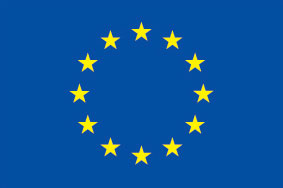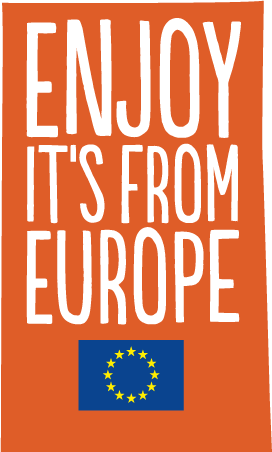Determinants of meat consumption are complex. Demographics, urbanisation, incomes, prices, tradition, religious beliefs, cultural norms, and environmental, ethical/animal welfare and health concerns are key factors that affect not only the level but also the type of meat consumption.
Population growth is one of the main drivers of increased consumption, and the projected global population increase of 11% will reinforce a projected increase of 14% in global meat consumption by 2030, it is the main reason why meat consumption is projected to grow by 18% in the Asia and Pacific region, as noted in the OECD-FAO Agricultural Outlook 2021-2030.
In the case of Vietnam, pork is already the preferred meat and as incomes rise, demand will grow for high-quality cuts. In response to the growing needs, imports helped fill the void caused by the damage of Vietnam’s pork production capacity by African swine fever, which began in 2019. By 2022, the total EU exports of pork products to Vietnam (including frozen pig meat and offal) reached 72,609 metric tons according to the Directorate-General for Agriculture and Rural Development from the European Commission.
Moreover, consumption of frozen meat is increasing sharply thanks to convenience and quality factors, given that young professionals have no time to visit their local market as most of the time it doesn’t match their daily schedule and needs, so they prefer to visit more modern retail shops that usually present chilled or frozen options, conveniently cut, packed individually and at a relatively stable price.





[…] Vietnam, a market with potential – News (eupork.com) [2] Major firms spend big on pig farming – VnExpress […]